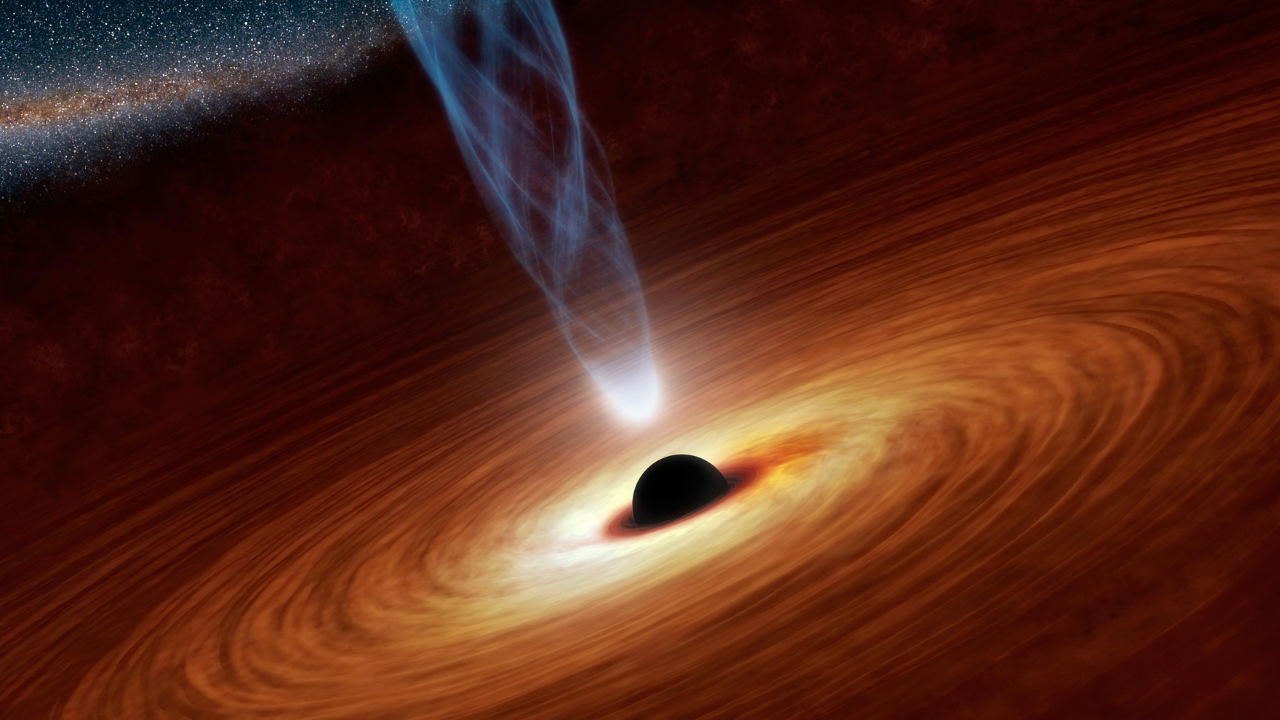The James Webb Space Telescope recently opened a new window onto one of the universe’s more mysterious secrets. For the first time, it has imaged black holes feeding stealthily on stars from deep within dusty galaxies, where even ordinary telescopes are blocked.These results, published in the Astrophysical Journal Letters on August 1, show how JWST’s intense infrared sight enables astronomers to look through dense clouds of cosmic dust. And what it’s showing is a long hidden face of black holes and to particularly those previously believed to be asleep.

Black holes that are not actively gathering matter are not possible to detect under normal conditions. But then something alters when a star wanders in too close. The black hole’s incredible gravity distorts the star into a spinning disk of scorching gas. This event, called a tidal disruption event (TDE), briefly wakes the black hole. As the gas disk warms, it emits energy in the form of X-rays, ultraviolet, and visible light—causing the black hole to be seen for a brief period.
What do the MIT researchers say about this?

But these standard wavelengths of light can be totally obscured if the black hole is occulted by thick dust, says MIT astrophysicist Megan Masterson. That’s why most observed TDEs have been seen in comparably dust-poor areas. But that doesn’t mean they’re not occurring in more dusty galaxies as well, they’re just much more difficult to detect.Luckily, dust has a tell. When it absorbs radiation from the gas of a shredded star, it releases it as infrared light. In previous research, Masterson and colleagues went through old infrared data and discovered 12 probable TDEs that had escaped detection.Next, JWST has focused on four of those occurrences. With its power to identify a broader spectrum of infrared signals than any previous telescope, it detected emission from electrons that had been ejected from atoms. That type of activity typically succeeds a burst of intense X-ray and ultraviolet emissions, another indicator that a black hole has just eaten a star.The scientists say it’s doubtful these signals originated from actively feeding black holes, which spend most of their time eating and lounging in dense clouds of dust. Rather, what’s seen as silicate dust patterns indicates something more fleeting. Computer simulations verified that these indicators are consistent with what would be expected from a long-dormant black hole waking up for just long enough to cannibalize a star.Strangely enough, this type of infrared radiation takes a few months longer to arrive than other wavelengths. That’s because it takes time for light from the exploded star to travel and warm the surrounding dust. But as Masterson puts it, this tardy infrared glow is one of the best and only methods of observing black holes obscured by veils of dust.Now, with JWST, researchers are finally in a position to reveal such ancient cosmic meals. And it’s just the start.
 Unews World
Unews World
